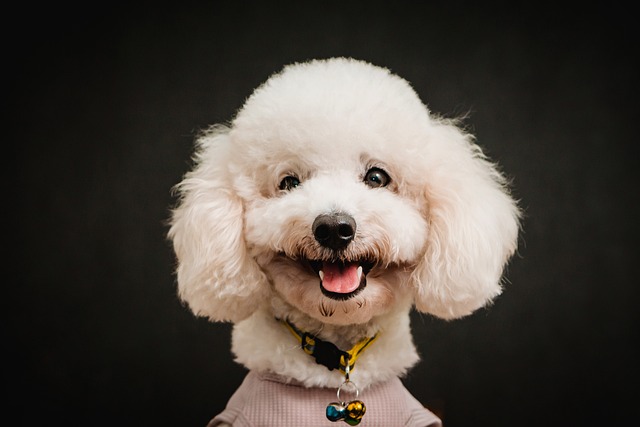
How do i train my dog to be obedient?
Watching your dog dart across the park ignoring your calls isn’t just frustrating—it can put them at risk near busy streets or public spaces.
Puppies, especially 3-month-old Teddy dogs, have tiny bladders and limited control, making accidents almost inevitable. But with consistency, you can guide them to a specific spot quickly. Start by picking an area that’s easy for both of you—maybe a corner of the laundry room with a pee pad or a patch of artificial grass on the balcony. Keep it away from their food and bed; dogs naturally avoid soiling where they eat or sleep.
Watch for signs your Teddy needs to go: pacing, sniffing the floor, or circling. These cues usually pop up 15 to 30 minutes after eating, drinking, or napping. When you spot them, scoop up your pup and head straight to the designated spot. Stay there quietly until they go—praising them with a cheerful “good job!” and a tiny treat right after. This positive reinforcement helps them link that spot with good things.
 Accidents will happen, and that’s okay. If you catch your Teddy mid-mistake, make a soft “ah-ah” sound to interrupt, then gently carry them to the correct area. Never scold, yell, or rub their nose in it—this can scare them and make training harder. Instead, clean the mess thoroughly with an enzymatic cleaner to remove any lingering scent, which might attract them back to that spot.
Accidents will happen, and that’s okay. If you catch your Teddy mid-mistake, make a soft “ah-ah” sound to interrupt, then gently carry them to the correct area. Never scold, yell, or rub their nose in it—this can scare them and make training harder. Instead, clean the mess thoroughly with an enzymatic cleaner to remove any lingering scent, which might attract them back to that spot.
Stick to a routine. Feed your Teddy at the same times daily, and take them out first thing in the morning, right after meals, before bedtime, and after play sessions. Consistency helps their little bodies develop a schedule. For example, if you live in a city with strict pet waste laws—like many places in Europe and North America—always carry bags when taking them outside. Failing to clean up after your dog can result in fines, so it’s good to build this habit early, even if they’re still learning.
Remember, 3-month-olds have short attention spans, so keep training sessions brief and fun. Celebrate small wins, and be patient—some dogs learn in a week, others take a few weeks. With time, your Teddy will get the hang of it, making life easier for both of you. And as they grow, this early training will lay the groundwork for good behavior, keeping you both compliant with local rules and happy in your home.

Watching your dog dart across the park ignoring your calls isn’t just frustrating—it can put them at risk near busy streets or public spaces.

New puppy owners often find themselves rushing to clean up accidents before they set in, and that’s where puppy pad training becomes a game-changer.

If you've noticed your dog's waistline disappearing and your veterinarian has mentioned those few extra pounds, your first instinct might be to simply reduce the amount of food in their bowl.

Training a dog to use a designated spot indoors isn’t as daunting as many new owners fear, but it does take consistency and an understanding of your pet’s needs.

That moment of dread on a walk is all too familiar for many new dog owners. You see another dog approaching down the sidewalk of your neighborhood

If the sight of another dog on your neighborhood walk makes your heart sink as your own dog erupts into a frenzy of barking and lunging, you're not alone.